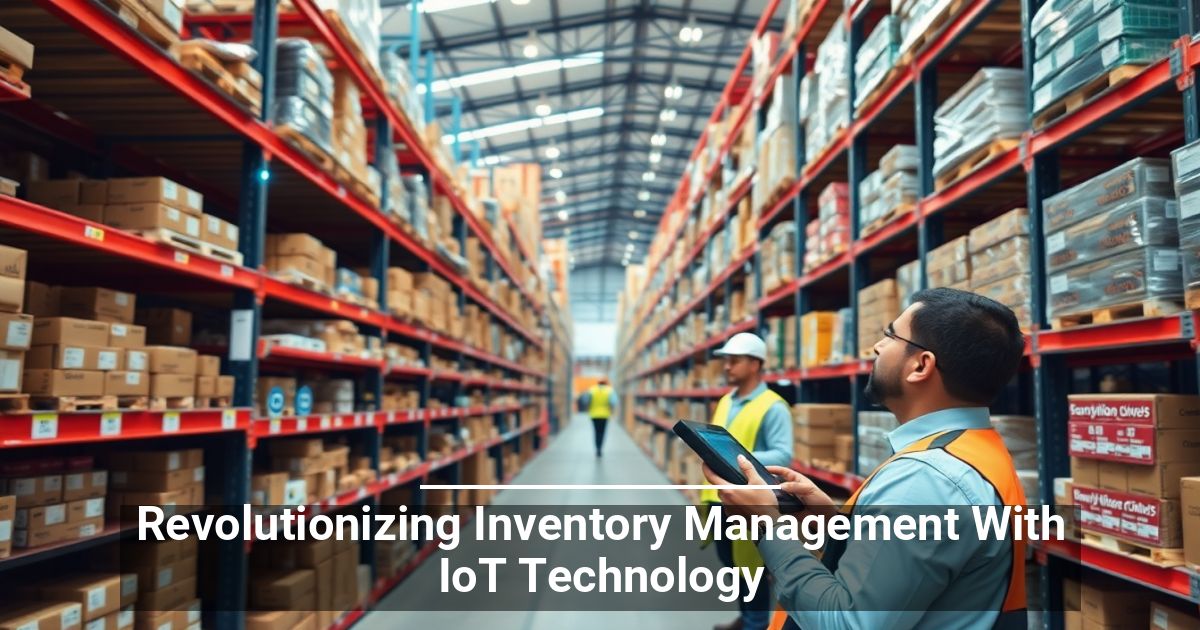 The inventory management process includes having a team member count all materials and finished goods available in your storage center or backroom so they can decide which products are in high demand and require immediate reordering. However, between mind-numbing repetition and basic human error, IoT technology proves more precise.
The inventory management process includes having a team member count all materials and finished goods available in your storage center or backroom so they can decide which products are in high demand and require immediate reordering. However, between mind-numbing repetition and basic human error, IoT technology proves more precise.
What Is IoT?
The Internet of Things (IoT) devices comprise everything from smart thermostats that collect information on your controlled indoor climate to desktops and servers that house business data and processes. But how does it help with inventory management?
Letting Technology Take Over the Inventory Management Processes
The Internet of Things uses RFID technology, when smart sensors use radio waves to read tags and other written information around your business, from QR codes to serial numbers. For instance, it’ll note model details, manufacturing information, and more, storing it in the cloud or edge computing device.
From there, the IoT tracks the movement of products, such as when they sell and in what quantities, always providing real-time, accurate inventory numbers. It also tracks the products through the supply chain long before you even receive the items.
The Benefits of the Internet of Things for Managing Your Inventory
Below, we’ll delve further into the benefits of IoT platforms in inventory management.
Better Decision-Making
With a full understanding of how you receive and sell inventory, the system makes predictive analyses by foreseeing demands and recognizing patterns. It also notes unanticipated market and customer purchasing trends that help with decision-making to avoid overstocking items that will be hard to push or running out of hot items, which causes shortages.
More Cost-Efficiency
Aside from keeping you in stock of popular items and maximizing sales and revenue, machine-to-machine communication helps reduce costs for all individuals involved in the supply chain. For instance, if a product isn’t selling, reduce your stock to lower material, labor, and shipping costs.
For products you do need, the IoT tracks them continuously so you always know they’re on the right truck and heading your way. This means you don’t have to waste money on reshipping, rerouting, or lost items.
Reordering Automation
These connected devices do much more than track processes and store data within the Internet of Things. Like some of your smart home technology, it uses artificial intelligence to handle simple tasks like reordering items.
This task doesn't require human intervention because the reordering process comprises the same repetitive series of events that do not change. The machine can learn the restocking procedure and use stored product data to refill shelves by the appropriate amount.
So, if you’re a business owner who wants to improve your inventory management, research how the IoT can help.



